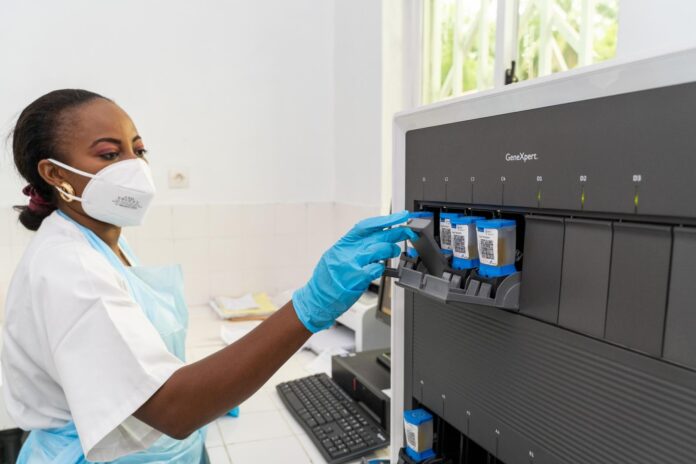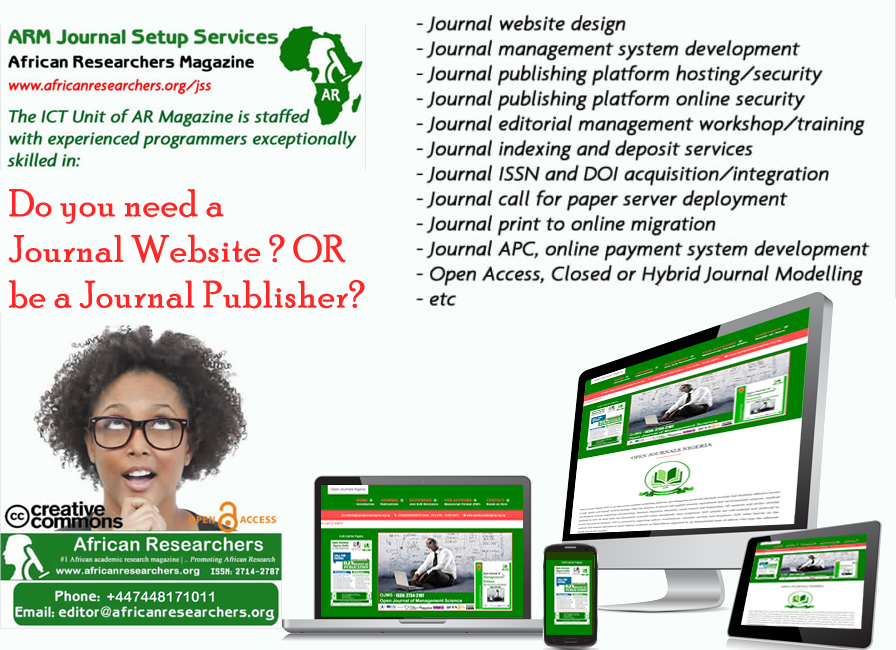Tuberculosis (TB) continues to pose a significant public health challenge globally, despite being preventable and curable. In 2022 alone, TB claimed approximately 1.3 million lives, making it the second leading cause of death from a single infectious agent after COVID-19. To combat this, the World Health Organization (WHO) introduced the End TB Strategy, aiming to eradicate TB by 2035 through ambitious targets such as a 90% reduction in TB incidence and zero TB-related deaths, disease, and suffering compared to 2015 levels. However, progress has been slower than anticipated, with only an 8.7% reduction in TB incidence by 2022.
The Role of TB Preventive Treatment (TPT): Amidst advancements in TB treatment, prevention strategies are crucial for achieving the End TB targets. TB prevention encompasses various approaches including Tuberculosis infection prevention and control (IPC), Bacille Calmette-Guérin (BCG) vaccination, and TB Preventive Treatment (TPT). TPT, particularly Isoniazid Preventive Therapy (IPT), has been recommended since 1993 for contacts of TB patients under six years old and People Living with HIV (PLHIV). Despite its potential, global uptake of IPT has been slow.
Expansion and Impact of TPT: Modelling studies have underscored the significant impact of TPT on TB control. Efforts to expand TPT were endorsed at the United Nations High-Level Meetings on TB, setting targets for TPT distribution. However, achieving these targets has proven challenging, with only 52% of the 2018 goal met by 2022.
TB Incidence in Africa: Africa remains a key battleground in the fight against TB, with the region exhibiting the second-highest TB incidence globally. Notably, countries like South Africa have demonstrated progress, but the region still faces substantial challenges, particularly regarding TB-HIV co-infection rates.
Implementation Challenges in Africa: While many African countries have initiated TPT programs, challenges persist, including logistical hurdles in drug procurement and distribution. Suboptimal implementation hampers efforts to address the rising TB burden.
Addressing TB in Africa: A Multifaceted Approach: To effectively combat TB in Africa, a multifaceted approach is essential.
- Political Commitment and Investment: Sustained political commitment and investment are vital for scaling up TPT programs. Each country should conduct impact assessments and cost-effective analyses to tailor interventions accordingly.
- Target Patient Identification: Enhancing contact tracing and TB screening among high-risk groups such as PLHIV and household contacts of TB patients is critical for identifying eligible individuals for TPT.
- Access to Tests and Treatment: Ensuring availability of diagnostic services and uninterrupted drug supply is essential for TPT implementation.
- Program Management: Adverse event management, integration of TPT into national health systems, capacity building, and adherence support are crucial components of effective TPT programs.
- Demand Creation and Advocacy: Strong advocacy campaigns and targeted communication strategies are necessary to increase TPT uptake among at-risk populations.
- Critical Enablers: Engaging the private sector, leveraging data analytics and new technologies, and fostering strong leadership are critical enablers for successful TPT implementation.
Conclusion: In conclusion, advancing TB prevention in Africa requires concerted efforts across multiple fronts. By addressing implementation challenges and adopting a comprehensive approach, Africa can make significant strides towards achieving the End TB targets and ultimately end the TB epidemic.
















 The African Research (AR) Index is a comprehensive scholarly directory and database focused explicitly on journal publishers that publish and disseminate African research.
The African Research (AR) Index is a comprehensive scholarly directory and database focused explicitly on journal publishers that publish and disseminate African research.

